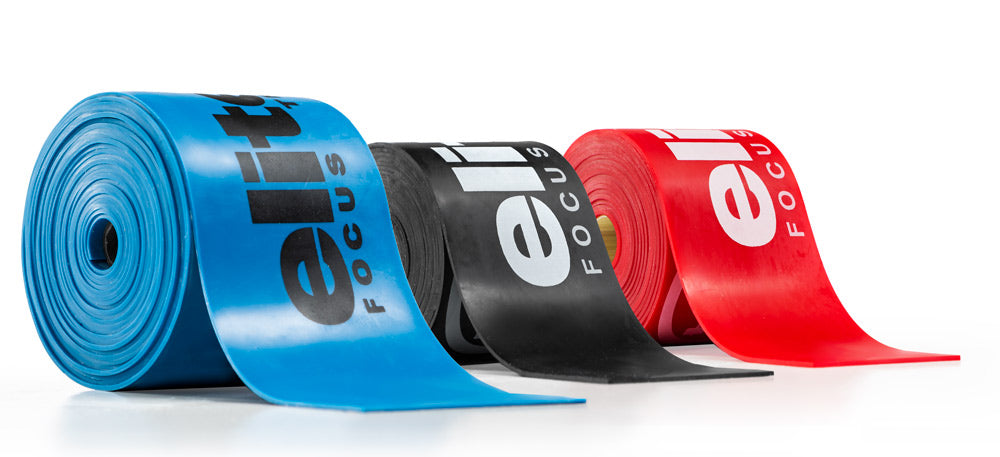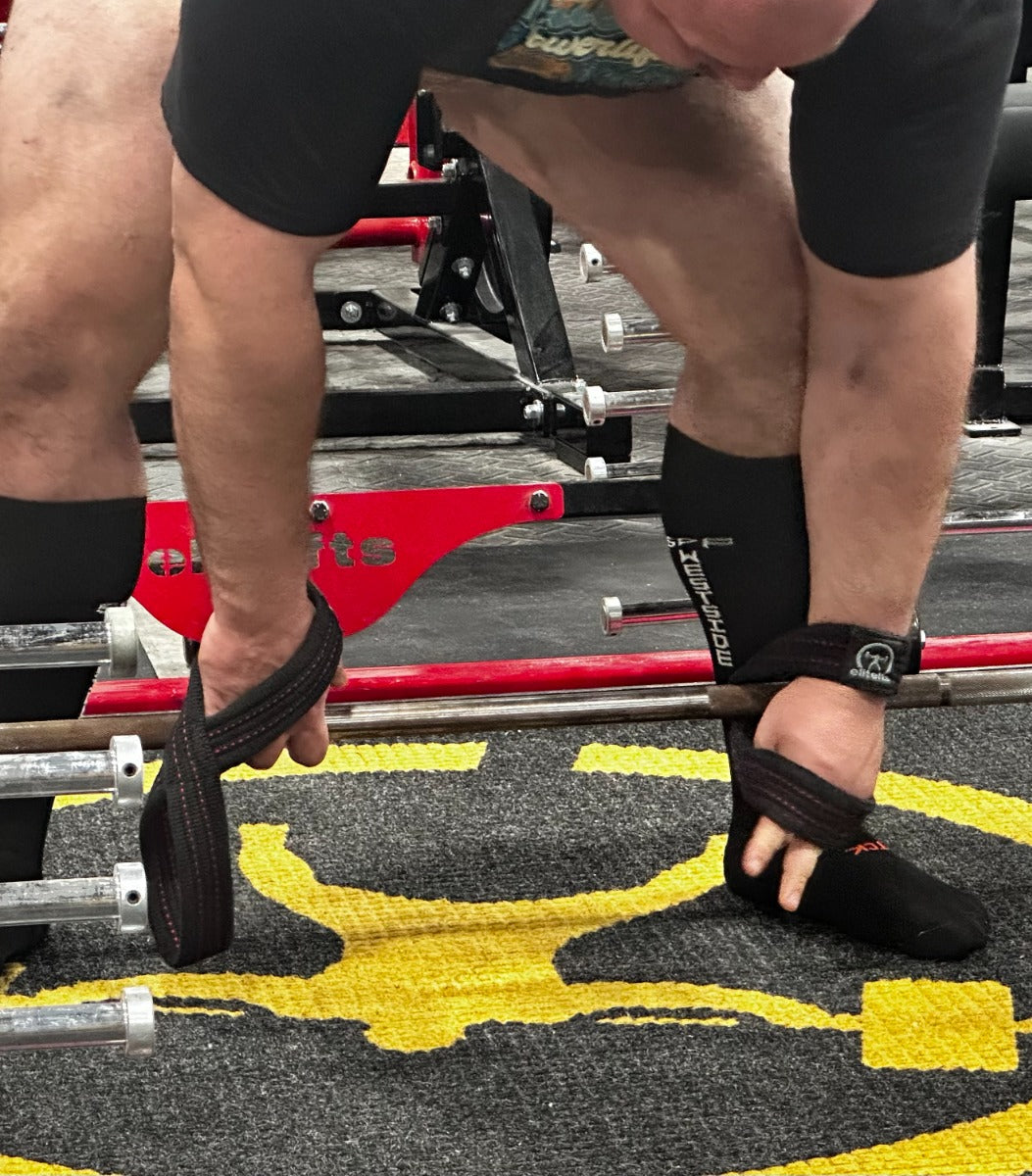Back in the days when equipped powerlifting was the most popular flavor of the sport, hamstrings got a ton of emphasis in regular training. But since raw lifting has grown more popular, I think hard hamstring training has fallen out of favor to make room for training the competition lifts with higher frequencies. Now, overall, I think that’s a good thing. But when lifters rush into advanced training methods without first establishing a balanced base of strength and muscle, it can be a bad look. One of the most frequent issues I see with beginner and intermediates does, in fact, involve the hamstrings. While they’re not the primary movers in any of the three powerlifts, the hamstrings are really important for controlling the descent of a heavy squat and maintaining a constant torso angle on a heavy pull. If your hamstrings are lagging, you might find that you lose tightness on your heavy squat attempts, or do a good morning out of the hole. On the deadlift, you’ll probably find that your lower back rounds and the bar fails to break the floor (or to make it to the knees) if your hamstrings aren’t pulling their load. You don’t need any special movements or equipment to fix lagging hamstrings, though. All you need to do is train them in the correct way.
Steps to a Perfect Hamstring Curl
- Position yourself on the machine with knees just barely past the edge of the pad.
- Crunch your abs to establish a neutral spine position.
- Squeeze your glutes and keep them flexed throughout the entire range of motion.











































































































